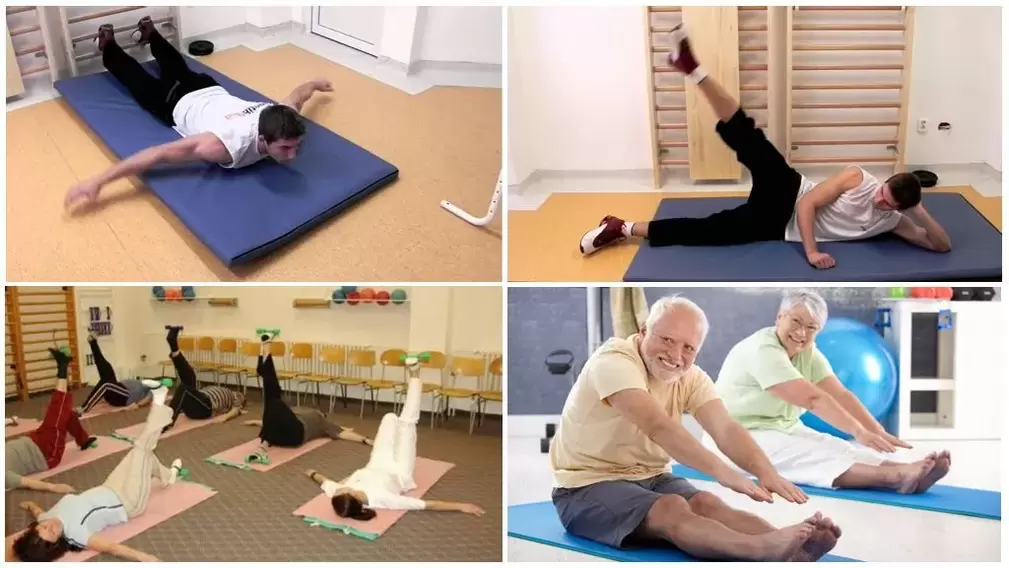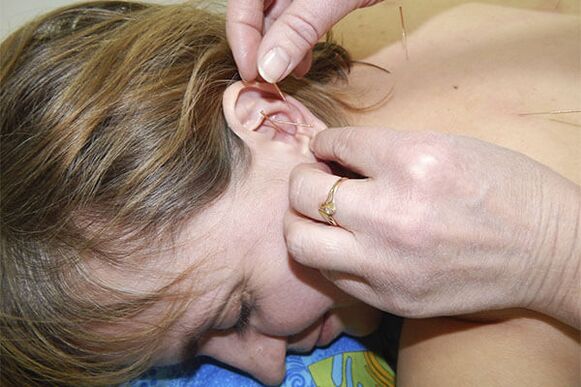
reason
- Kyphosis and scoliosis. These disorders usually accompany a person from birth as an anatomical abnormality. If kyphosis is corrected, a person may live half their life without knowing it exists. Scoliosis is a curvature of the spine that results in impaired muscle load distribution. As a result, on the one hand, the muscles will atrophy and relax, and on the other hand, they will spasm due to continued tension.
- Injuried. These symptoms may be noticeable when a person sustains an injury to their vertebrae in a fall, accident, or other similar situation. The damage may not be obvious. For example, spinal injuries are common due to overuse and lifting weights in the gym.
- flatfoot. Some doctors believe that this is the leading cause of degenerative changes in almost any part of the spine. Flat feet disrupt the balance of muscle bundles; improper load redistribution can lead to degenerative and damaged vertebrae.
- Maintaining incorrect body posture for long periods of time. Due to excessive muscle tension, blood circulation and nutrients to the muscle tissue deteriorate. That is, they hold the spine. This is not only the cause of osteochondrosis of the thoracic spine, but also of the cervical and lumbar spine.
- Being overweight and not getting enough physical activity.
- pressure. Stress itself is not as dangerous as the reaction to stress. During stress, the adrenal glands produce excess amounts of adrenaline, which is converted into norepinephrine. It promotes thickening of blood vessel walls and the progression of atherosclerosis. Under stressful conditions, blood vessels can narrow, resulting in insufficient oxygen supply to muscle tissue.
- Drinking alcohol, smoking, using other drugs, and poor diet. Alcohol leach calcium from bone tissue. Tobacco and other drugs can cause abnormal blood vessel function. Serious errors in nutrition can lead to obesity and lack of B vitamins and minerals.
- Bags and shoes are not worn properly.
- Gastrointestinal disorders that affect the quality of nutrient absorption.
- Chronic violation of water and electrolyte balance.
- Pregnant. Chest osteochondrosis usually occurs in women who are pregnant with twins or triplets.
- Metabolic syndrome.
- Autoimmune diseases, infections, poisonings.
- Genetic predispositions associated with genetic mutations. You should not assume that a genetic predisposition is necessarily related to the fact that one of your close relatives has osteochondrosis. Usually, this has nothing to do with genetics. A genetic predisposition is always a mutation in certain genes. But even so, the disease only occurs in combination with other factors.
symptom
Radical signs
- Shoulder, armpit, or collarbone pain;
- Impaired reflexes;
- muscle weakness;
- Upper chest pain, similar to a heart attack, solar plexus pain, rib pain, breast pain, upper abdominal pain, or pain in the groin area.
reflex signs
- Respiratory disorders, such as feeling short of air, pain during inhalation and exhalation, difficulty breathing;
- Chills, "goosebumps" feeling;
- Feelings of gastrointestinal disturbance: nausea, loss of appetite, heartburn, diarrhea or constipation, bloating;
- intercostal neuralgia;
- Ringing pain in the chest between the shoulder blades on bending and straightening;
- Feeling tired and fatigued due to insomnia or lack of sleep;
- Stiffness in movement in the morning;
- worsening of gait;
- irritability;
- Decreased libido/potency.
diagnosis
treat
- Get rid of pain (wear a special corset, take painkillers, undergo surgery);
- Repair damaged discs and take preventive measures to prevent the progression of the disease (physical therapy, gymnastics, proper nutrition, help from a psychologist).
treatment at home
Nutrition
- Legumes as a protein substitute for meat (legumes, including green beans, lentils, peas);
- Lots of vegetables (except starchy vegetables, which should be eaten with caution);
- Jellies and jellies (contains natural collagen, essential for joints);
- Chicken wings (the bones must be chewed off, the contents are the most valuable);
- Limited quantities of poultry and red meat;
- Salmon, caviar and fish whites;
- Squid and seaweed (no more than 100 grams at a time);
- Olive oil, flaxseed oil, flaxseed oil (if no liver problems), sesame oil; adults should avoid sunflower oil;
- Low sugar fruit, limited quantity
Physical exercise

- Gymnastics was invented by scientist Yuri Gushcho. It includes elements of dynamic and static yoga. He also recommended implementing a reinforcement program. If you are interested, you can read his book "12 Keys to a Long and Safe Life" where he talks about how to live as long as possible while being active. It makes sense to believe him, since Yuri stood up from a wheelchair independently and recovered from a hip problem. He received many awards and was thanked by the President of the Russian Federation.
- Gymnastics using Dr. Bubnovsky's technique. His technique is very effective and can be done at home. You can find a set of exercises in video format on the Internet, or you can find books with complete instructions.
- pool. Swimming can not only help lose weight, but also enhance cardiopulmonary function and exercise back muscles.
- Isometric gymnastics. This type of exercise was originally developed for astronauts returning home. Exercise can restore weak muscles, restore flexibility and freedom of movement without damaging the joints. Gymnastics is indicated for the treatment of many conditions of the musculoskeletal system, including osteochondrosis of the thoracic spine.
- Walking in the open air. It is recommended to spend an hour each day on vigorous walking, preferably in a park area or coastal area. The goal is to improve brain circulation, muscle nutrition, and mood.
- Practice correcting your posture.
Get enough rest
Treatment in a hospital or nursing home
manual therapy
massage
mineral bath
- Improved blood circulation;
- The nervous system is strengthened;
- better respiratory and kidney function;
- The body’s ability to adapt increases;
- Reduce inflammation;
- relief the pain;
- eliminate toxins;
- Increased skin sensitivity.
acupuncture

- relaxation;
- Tinnitus and dizziness stop;
- increase energy potential;
- Improve blood flow;
- Improve thought processes;
- Get rid of headaches;
- Relieve muscle spasms.
Laser Treatment
mud therapy
Work with a psychologist
exercise therapy
nordic walking
medical treatement
- Nonsteroidal anti-inflammatory drugs can also relieve pain. Available in cream, tablet, and ampoule forms for intravenous or subcutaneous administration.
- Vasodilators. When muscles are tense and in severe pain, blood vessels constrict, causing blood pressure to rise and making it difficult to supply oxygen to the brain. Vasodilators return blood vessel tone to normal.
- Muscle relaxants. This group of medications is designed to relax and soothe tense muscles. This effect triggers a range of beneficial changes, such as improved blood circulation, regulation of blood vessel tone, and pain relief. When blood flow returns to normal, damaged tissue recovers faster.
- Chondroprotectant and B vitamins. These drugs restore cartilage tissue and stop the damaging process.
- Tranquilizer complex. The pressure of pain can make the pain worse. Irritability and anxiety trigger activity in the sympathetic nervous system, resulting in greater tone in muscles and blood vessels. Sedatives and sometimes antidepressants can break this vicious cycle.



















